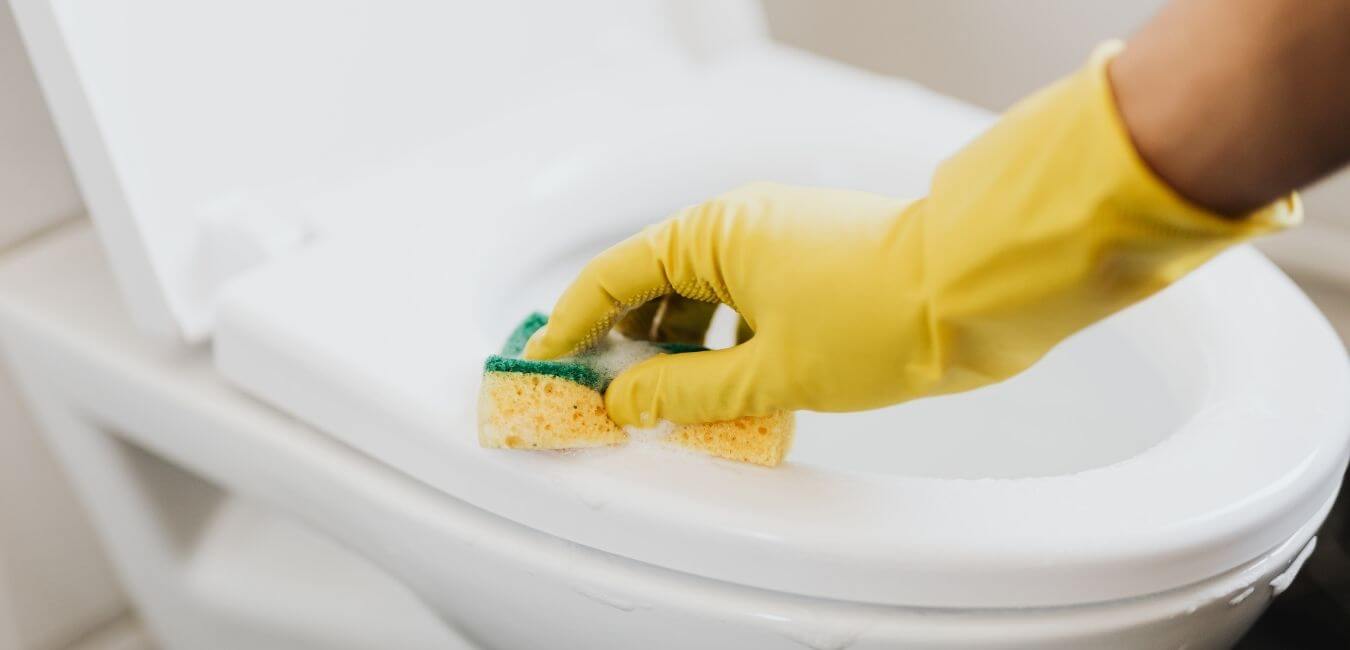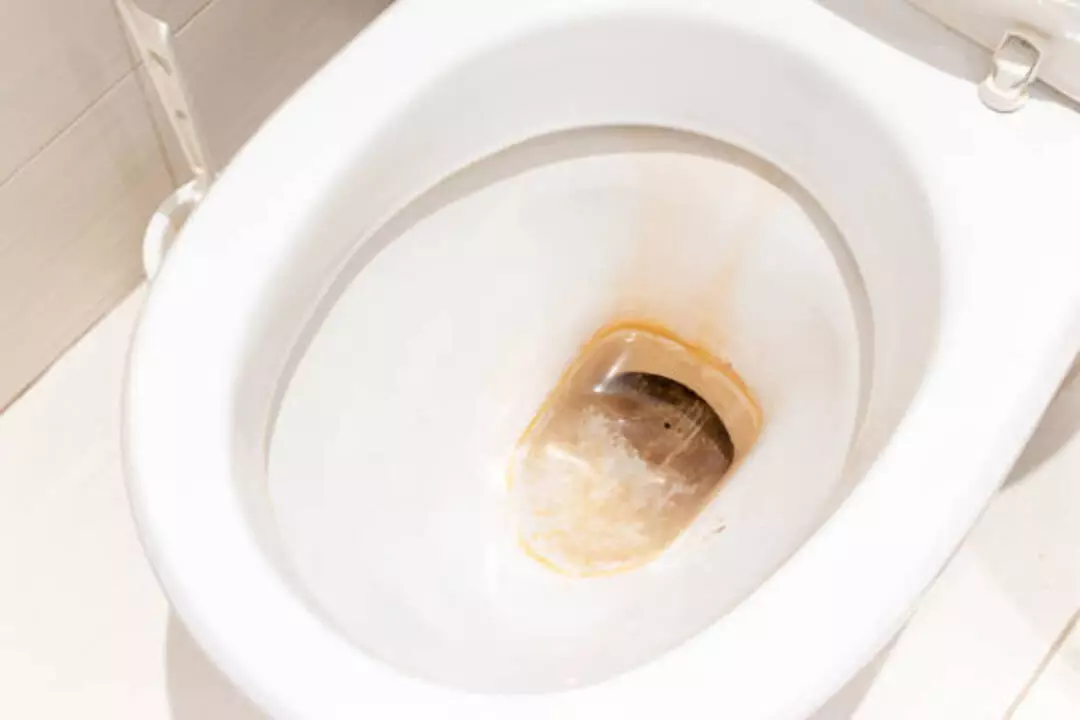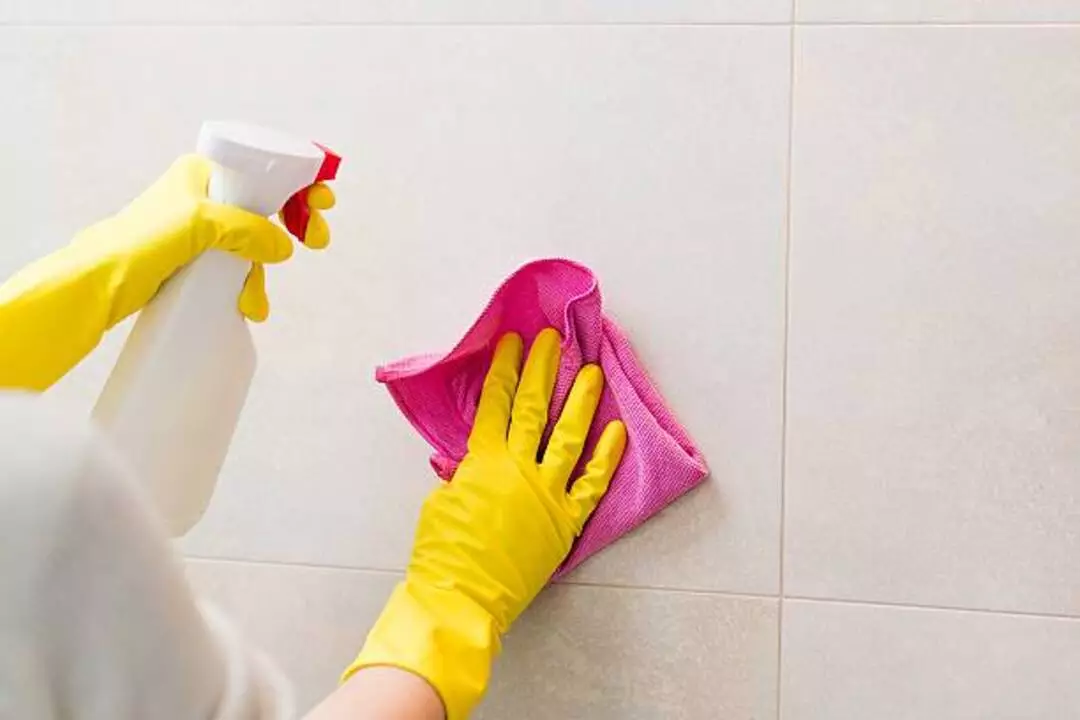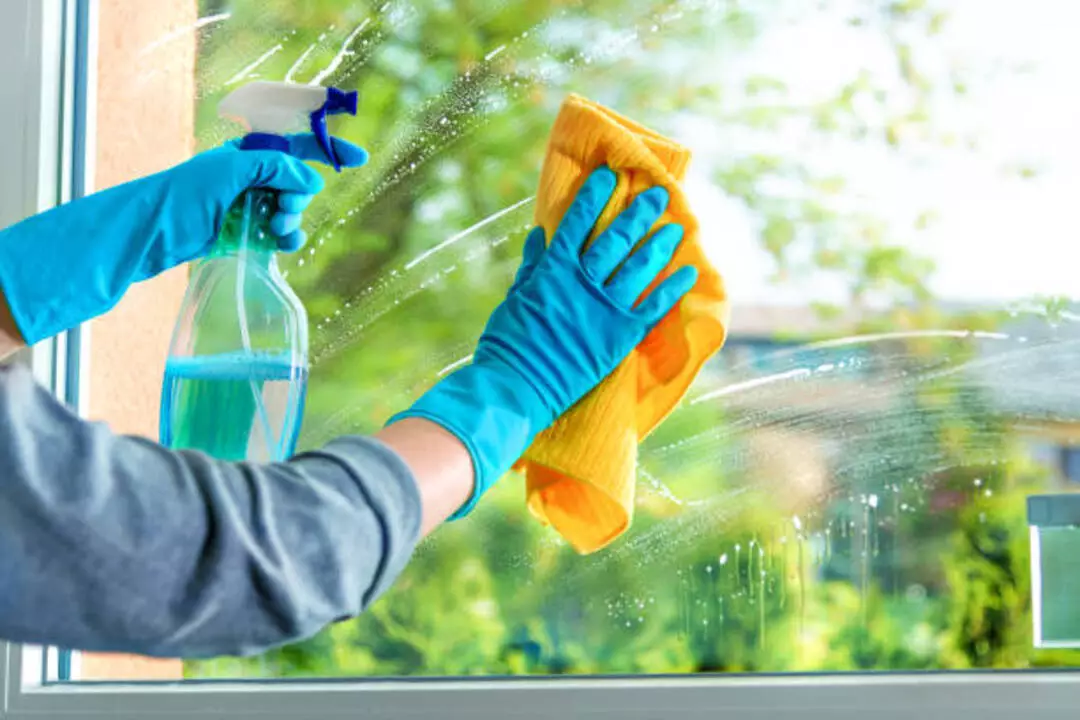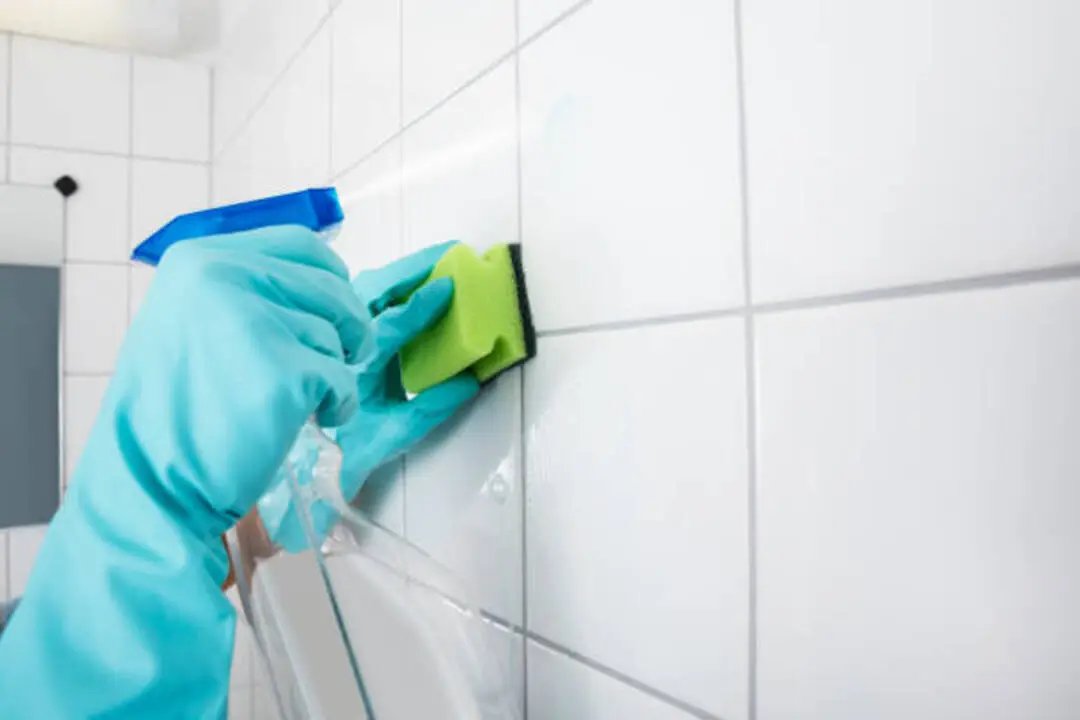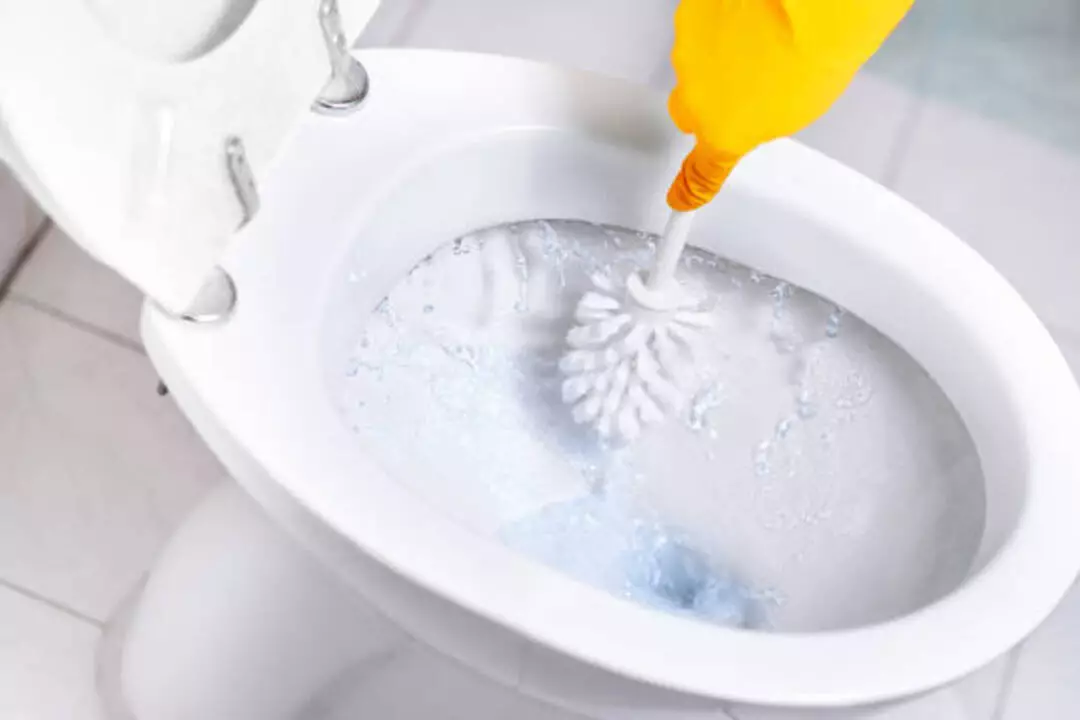Keeping your living space or office clean can seem like an uphill task, especially when it comes to carpets and upholstery. Did you know that there are two primary methods for this: dry cleaning and steam cleaning?
This article provides a comprehensive guide outlining the benefits, differences, and effective practices associated with each of these techniques.
Ready to give your carpets the best treatment yet? Keep reading!
KEY INFORMATION
- Dry cleaning and steam cleaning are two popular methods used for carpet cleaning. Dry cleaning uses powder chemicals to clean carpets, while steam cleaning utilizes hot water extraction.
- Dry cleaning offers a quick drying time and conserves water, but it may not provide as deep a clean as steam cleaning.
- Steam cleaning provides a thorough and deep clean by removing dirt, grime, allergens, mold, pet odors, and bacteria from carpets; however, it requires more water and takes longer for the carpets to dry completely.
- When choosing between dry and steam cleaning methods, consider factors such as the turnaround time required for drying, the level of cleanliness needed (especially for stains or heavy soiling), and any concerns regarding water usage or environmental impact.
Understanding Dry and Steam Cleaning Methods

Dry cleaning and steam cleaning are two popular methods used for carpet cleaning. The process of dry cleaning involves the use of specialized solvents that break down dirt and stains without using water, while steam cleaning utilizes hot water extraction to remove deep-seated dirt and grime from carpets.
These methods offer different benefits and drawbacks, so it’s important to understand their differences before deciding which one is best for your carpet.
Differences in process
Dry cleaning and steam cleaning work differently. Dry cleaning uses powdered chemicals to clean. A machine rubs the powder into your carpet, then sucks it out. On the other hand, steam cleaners shoot hot water into your carpet to get rid of dirt.
After that, a vacuum pulls out the dirty water, leaving your carpet clean.
Benefits and drawbacks
Dry cleaning has its own set of benefits and drawbacks. One advantage is that it is a quick method that allows carpets to dry faster compared to steam cleaning. This can be beneficial if you need your carpets cleaned in a short amount of time.
Additionally, dry cleaning does not use as much water as steam cleaning, which can be useful if water conservation is a concern for you. However, one drawback of dry cleaning is that it may not provide as deep of a clean as steam cleaning.
It might not be able to remove tough stains or eliminate deeply embedded dirt and allergens from your carpet.
On the other hand, steam cleaning also has its advantages and disadvantages. One benefit is that it provides a more thorough and deep clean compared to dry cleaning. The hot water extraction process used in steam cleaning helps remove dirt, grime, dust mites, allergens, mold, and even pet odors from your carpet effectively.
Steam cleaning can also kill bacteria present in your carpet fibers. However, one drawback of this method is that it requires more water than dry cleaning and takes longer for the carpets to dry completely.
Choosing the Right Method for Your Carpet
When deciding on the best cleaning method for your carpet, consider factors such as the level of dirt and grime, the presence of allergens or mold, and pet odors. Additionally, think about the impact on the environment and choose a method that aligns with your values.
Factors to consider
To choose the right cleaning method for your carpet, there are a few key factors to consider. First, think about the level of dirt and grime on your carpet. If you have heavy stains or pet odors, steam cleaning may be more effective at removing them.
Second, consider any allergies or sensitivities in your household. Steam cleaning can help eliminate allergens like dust mites and mold. Third, think about the time and cost involved.
Dry cleaning typically has a quicker turnaround time, but steam cleaning provides a deeper clean. Finally, consider the impact on the environment. Steam cleaning is considered more environmentally friendly as it uses less chemicals and water compared to dry cleaning methods.
Impact on the environment
Both dry cleaning and steam cleaning have an impact on the environment, but they differ in their level of environmental friendliness. Dry cleaning uses chemical solvents that can be harmful to the environment if not properly disposed of.
These solvents can contaminate soil and water sources. On the other hand, steam cleaning relies mostly on hot water and doesn’t require the use of harsh chemicals. This makes it a more environmentally friendly option as it reduces pollution and minimizes waste.
Additionally, steam cleaning uses less water compared to traditional carpet cleaning methods, which helps conserve this precious resource.
Dry Cleaning: Impact on Environment – Use of chemical solvents
Advantages and Disadvantages of Dry Cleaning

Dry cleaning offers several advantages, including its effectiveness in removing stains and dirt without the use of water, quick turnaround time, and the ability to target specific problem areas.
However, it can be more expensive than steam cleaning and may not be as effective for deep cleaning heavily soiled carpets. Additionally, certain chemicals used in the dry cleaning process can potentially damage carpet fibers if not properly applied or rinsed out.
Process and Effectiveness
Dry cleaning and steam cleaning are two popular methods used for carpet cleaning. The process of dry cleaning involves using powdered chemicals to remove dirt and grime from carpets.
On the other hand, steam cleaning uses hot water extraction to deep clean carpets by removing dirt, allergens, mold, pet odors, and bacteria. While both methods use some amount of water, steam cleaning requires more water than dry cleaning.
Steam cleaners provide a thorough cleaning without leaving any soapy residue behind. However, dry cleaning is preferred for its quick drying time. Both methods have their advantages and disadvantages, depending on your specific needs and circumstances.
Cost and turnaround time
Both dry cleaning and steam cleaning methods have their own cost and turnaround time considerations. Dry cleaning is generally more affordable than steam cleaning because it uses less water and requires fewer supplies.
With dry cleaning, you can expect your carpets to be ready for use almost immediately since there is no drying time required. On the other hand, steam cleaning may cost a bit more due to the equipment and water usage involved.
Additionally, it takes longer for carpets to dry after steam cleaning, usually about 24 hours or longer depending on the humidity level in your area.
Impact on carpet fibers
Both dry cleaning and steam cleaning have an impact on carpet fibers. Dry cleaning uses powder chemicals that are applied to the carpet and then vacuumed up. This process can be harsh on delicate or natural fibers, potentially causing damage or discoloration.
On the other hand, steam cleaning uses hot water extraction, which is gentler on the fibers and helps remove dirt and stains without causing harm. It’s important to consider the type of carpet you have before choosing a cleaning method to ensure that it remains in good condition after cleaning.
Advantages and Disadvantages of Steam Cleaning
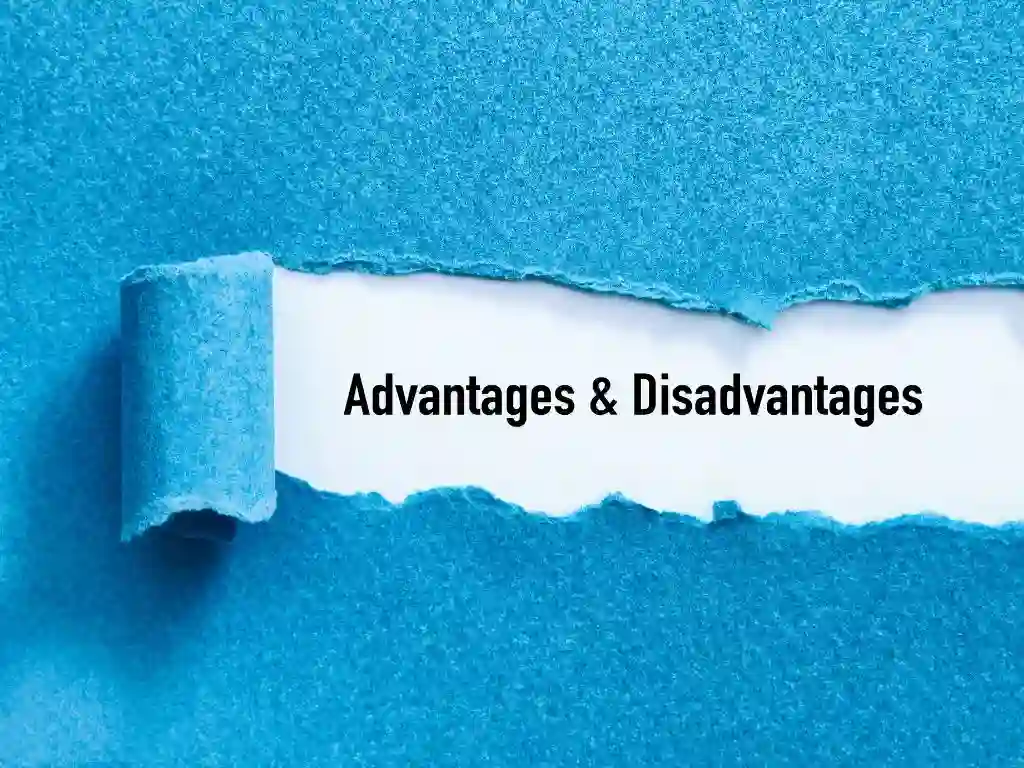
Steam cleaning has several advantages that make it a popular choice for deep-cleaning carpets. One major advantage is its ability to provide a thorough and effective cleaning. The hot water extraction method used in steam cleaning helps to remove dirt, grime, and allergens from deep within the carpet fibers.
It can also eliminate bacteria, mold, pet odors, and dust mites, improving the overall cleanliness of your home.
Another advantage of steam cleaning is that it doesn’t leave behind any soapy residue. This means that your carpets will stay cleaner for longer, as there won’t be any sticky residue for dirt to cling onto.
Additionally, steam cleaning is considered environmentally friendly because it uses minimal chemicals and relies on the power of hot water vapor instead.
However, there are also some disadvantages to consider when it comes to steam cleaning. One drawback is that it requires more water than other methods like dry cleaning. This means that your carpets may take longer to dry after being cleaned with steam.
Additionally, if not done correctly or if the equipment used is not professional-grade, over-wetting can occur which may lead to potential damage such as shrinking or warping of certain types of carpet fibers.
Overall though, the advantages of steam cleaning often outweigh its disadvantages making this method a great option for achieving a deep clean in your home or office space
Best Practices for Dry and Steam Cleaning
Discover the top tips for achieving a spotless clean and maintaining your carpets in pristine condition.
DIY options
If you prefer to clean your carpets yourself, there are some DIY options available. You can rent a steam cleaner from a local hardware store or use a carpet cleaning machine designed for home use.
These machines typically come with instructions on how to operate them and what cleaning solutions to use. Keep in mind that DIY cleaning may not be as thorough as professional cleaning, but it can still help remove dirt and stains from your carpets.
Just make sure to follow the instructions carefully and test any cleaning solutions on a small, inconspicuous area of your carpet before using them on the entire surface.
Hiring professional services
If you’re not confident in your ability to clean your carpets or upholstery, hiring professional cleaning services is a good option. Professionals have the experience and expertise to effectively remove dirt, grime, allergens, and pet odors from your carpets and upholstery.
They use advanced equipment and techniques to ensure a deep and thorough clean. Additionally, professional cleaners can help with stain removal and offer advice on how to maintain the cleanliness of your carpets and upholstery in the long run.
Taking advantage of their services will save you time and effort while ensuring that your carpets are thoroughly cleaned by experts who know what they’re doing.
Tips for stain removal
To effectively remove stains from your carpets or upholstery, here are some helpful tips:
1. Act quickly: The sooner you tackle a stain, the better chances you have of removing it completely. Blot the stain gently with a clean cloth or paper towel to absorb as much of the substance as possible.
2. Use gentle cleaning solutions: Start by using mild dish soap mixed with warm water to gently scrub the stained area. Avoid harsh chemicals that could damage your fabrics.
3. Test on an inconspicuous area first: Before applying any cleaning solution to a visible spot, test it on a small, hidden area to ensure it won’t cause discoloration or damage.
4. Blot instead of rubbing: Avoid rubbing the stain vigorously as this can push it deeper into the fibers and spread it further.
Frequently Asked Questions

1. What are the differences between dry and steam cleaning?
Dry and steam cleaning are different ways to clean. Dry cleaning uses very little water and helps in dust mite eradication, pet odor elimination, and clothes cleaning. Steam cleaning is good for grime removal, bacteria-killing, and upholstery cleaning.
2. How does dry cleaning work?
Dry Cleaning uses special machines that use less water. It’s great for allergen elimination, dirt removal, and mold removal from clothes or other fabrics.
3. Can you tell me about the advantages of dry cleaning?
Sure! One big advantage of dry cleaning is it can be cleaned without using much water! This makes it an environmentally friendly way to remove dirt, and debris or even kill bacteria.
4. Are there any best practices for steam cleaning?
Yes! To get the most out of steam-cleaning tools: start with a slow move over the surface for tough grime removal; be careful around delicate items as heat might cause damage; always end by letting air flow through the cleaned area to ensure no moisture gets left behind!
5. What type of things can I clean with these methods?
You could choose either method based on what needs to be cleaned – use dry techniques when handling delicate fabrics like silk or wool while tougher materials such as carpets & sofas will benefit more from a thorough steam treatment.
Conclusion and final thoughts
In conclusion, The Ultimate Guide to Dry and Steam Cleaning provides valuable information on the advantages and differences between these two cleaning methods. It helps readers make an informed decision based on their specific needs.
Whether you choose dry cleaning or steam cleaning, both methods offer effective ways to keep your carpets clean and fresh. By following the best practices outlined in this guide, you can ensure a thorough and efficient cleaning process for a healthier home environment.



